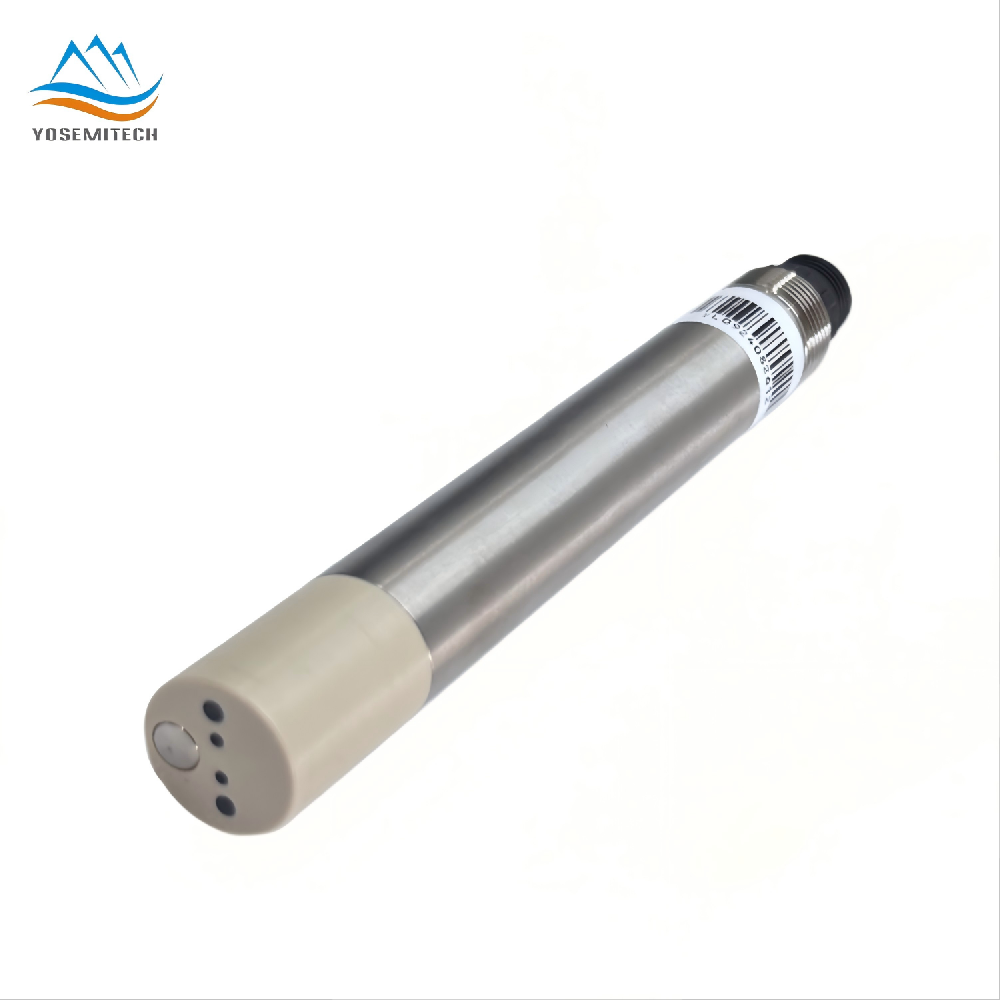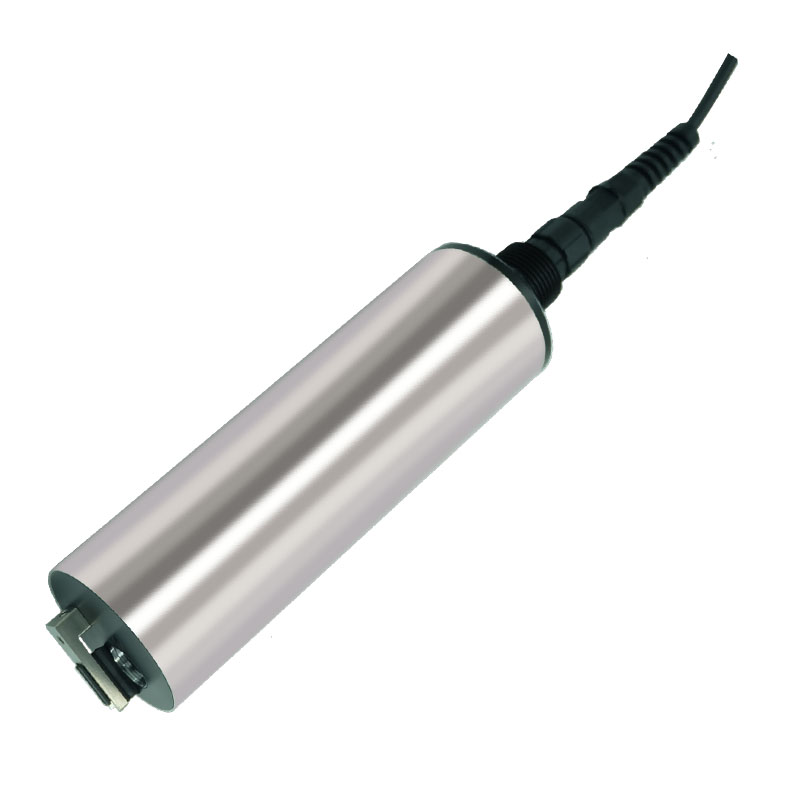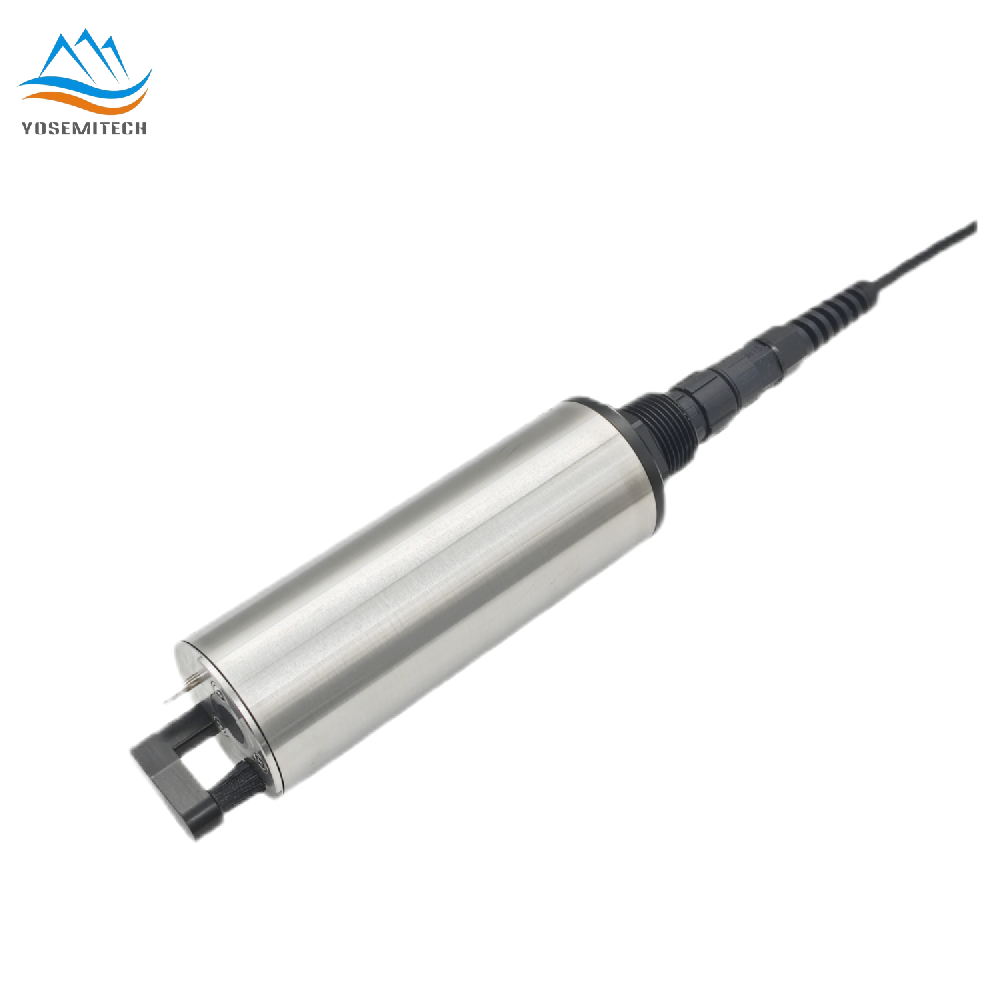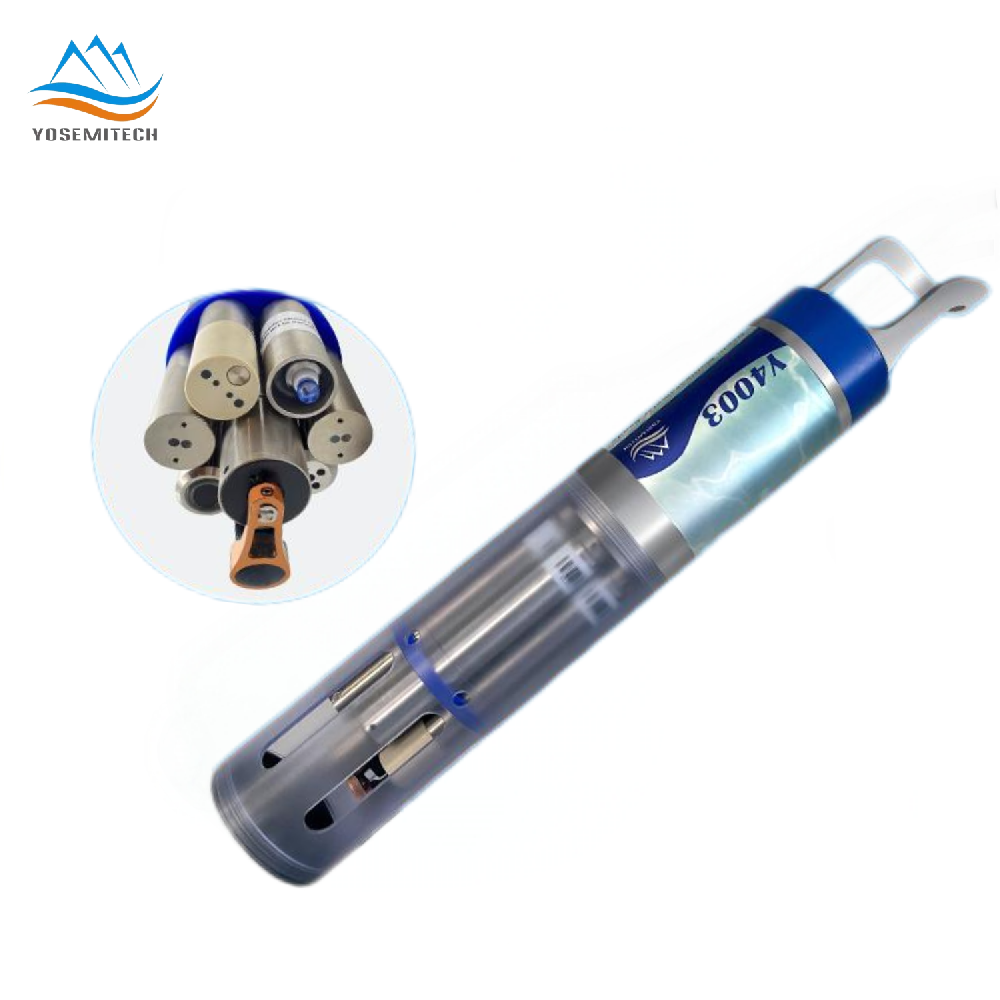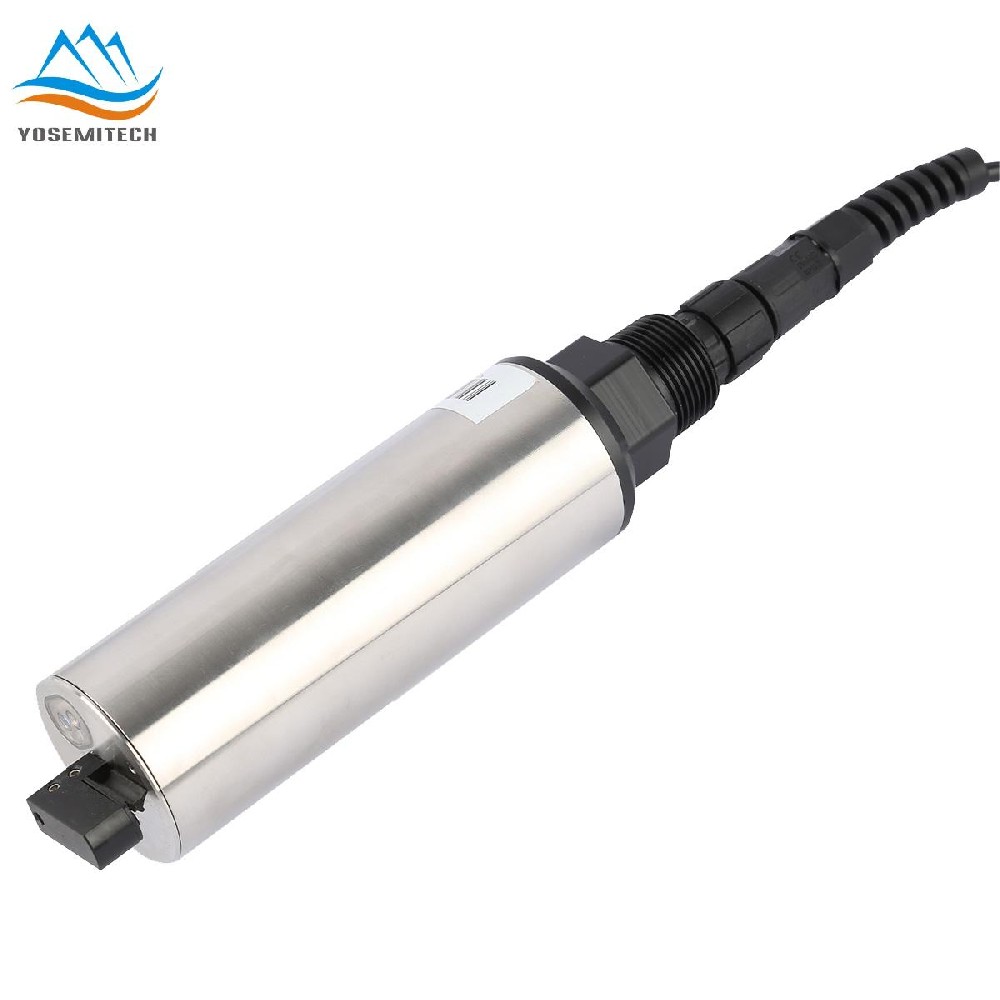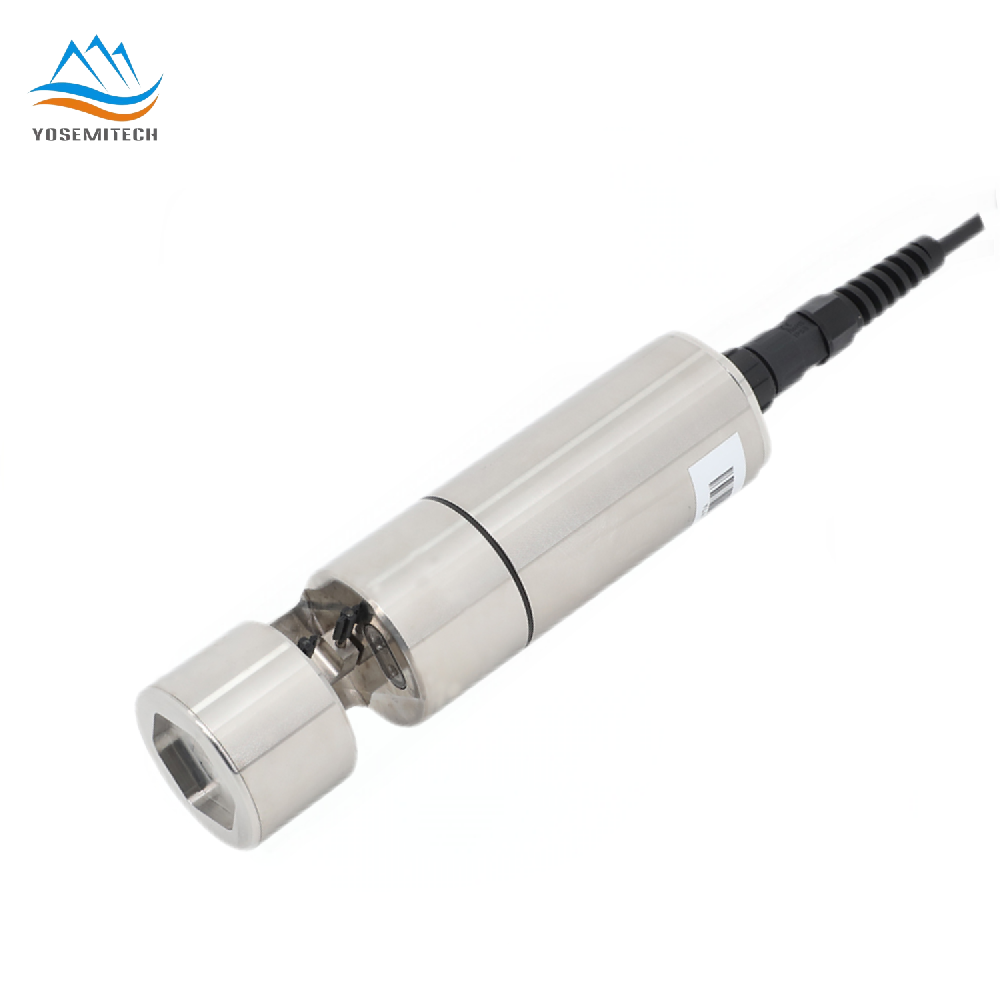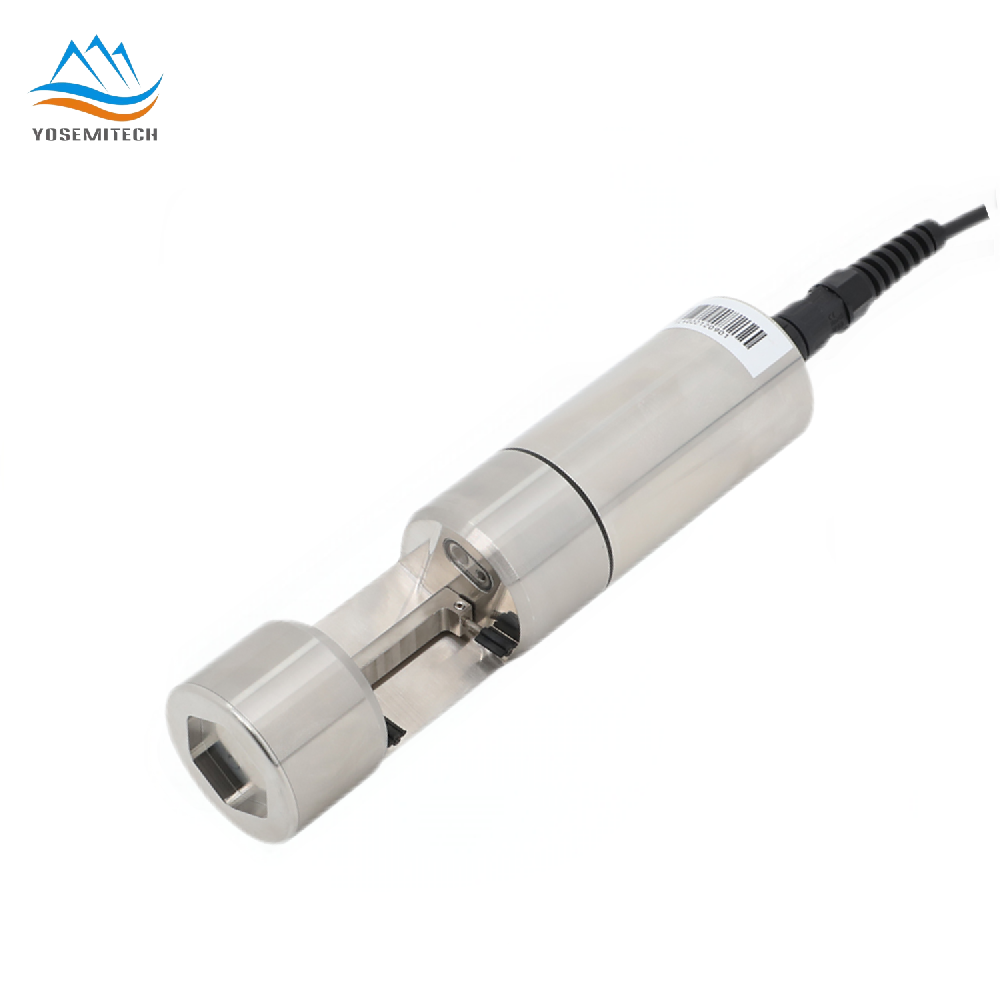Industry news
Understanding Water Resistivity: Key Concepts and Applications
Writer: admin Time:2024-10-21 16:36:54 Browse:1194℃
I. Introduction
In the realm of environmental science, water plays a critical role in nearly every ecosystem on the planet. However, not all water is created equal. One vital concept that sheds light on the quality and characteristics of water is its resistivity. Understanding water resistivity is essential for scientists, environmentalists, and policymakers as it helps them assess water quality, manage resources, and develop strategies for sustainability. This blog will delve into the intricacies of water resistivity, its fundamental concepts, measurements, and practical applications.
The importance of understanding water resistivity cannot be understated. With factors like pollution, climate change, and population growth putting increasing pressure on water resources, comprehending how various elements affect water quality has become more crucial than ever. Through this blog, we aim to clarify the definition of water resistivity, discuss its relationship with conductivity and salinity, and explore the various factors that influence it. Additionally, we will look at the techniques used to measure resistivity and the implications of these measurements in various fields such as environmental monitoring, water resource management, and agriculture.
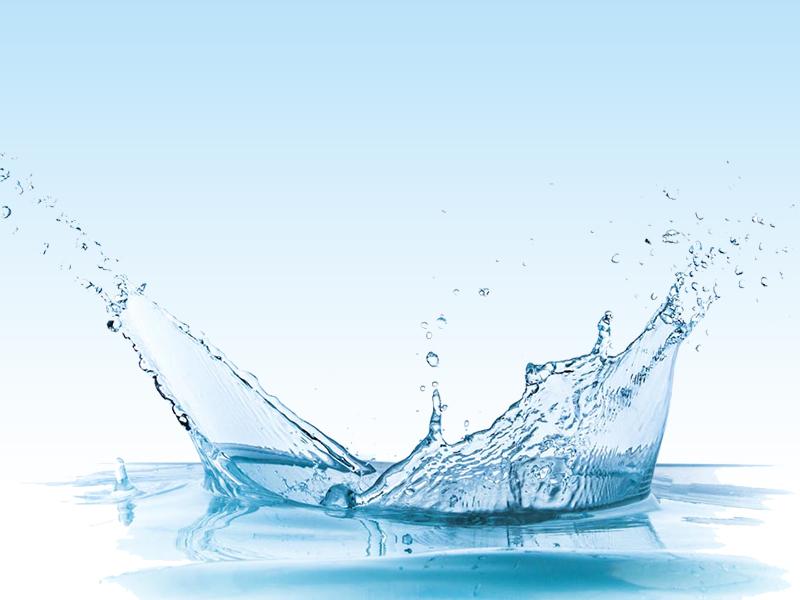
II. What is Water Resistivity?
A. Definition of Water Resistivity
Water resistivity is defined as the measure of a water body's ability to resist the flow of electric current. A key point to note is that resistivity is often expressed in ohm-meters (Ω·m), indicating how much resistance the water offers to electrical current. This property is inversely related to the water's conductivity, which measures how easily electricity can flow through a solution. Essentially, the more resistive the water, the less conductive it is, and vice versa.
B. Relationship Between Resistivity, Conductivity, and Salinity
To grasp the concept of water resistivity fully, it is crucial to understand its relationship with conductivity and salinity. Water conductivity refers to the capability of water to conduct electric current, heavily influenced by the presence of ions in the solution. Salinity, which indicates the concentration of dissolved salts present in the water, directly affects the ion concentration and, consequently, the conductivity.
The relationship can be summed up as follows: higher salinity leads to increased ion concentration, which results in higher conductivity and lower resistivity. Conversely, pure or distilled water, which has very low ion concentration, boasts high resistivity and low conductivity. Thus, measuring water resistivity provides valuable insights into its salinity levels, which are crucial for assessing water quality.
C. Factors Affecting Water Resistivity
1. Temperature: Water resistivity is dependent on temperature; generally, as temperature increases, water resistivity decreases. Warmer water allows ions to move more freely, enhancing conductivity. Conversely, cooler temperatures contribute to higher resistivity.
2. Ion Concentration: The concentration of ions in the water is a significant factor that determines resistivity. Higher ion concentrations result in lower resistivity due to increased conductivity, while lower concentrations correspond to higher resistivity.
3. Dissolved Substances: The presence of various dissolved substances such as organic materials, chemicals, and pollutants can also distort water resistivity measurements. Each substance has its unique impact on ion concentration and conductivity, thereby affecting resistivity.
III. Key Concepts Related to Water Resistivity
A. Electrical Conductivity
1. How It Differs from Resistivity
As mentioned earlier, resistivity and conductivity are inversely proportional but often confused. Electrical conductivity is a measure of how well water can conduct electric current, while resistivity measures the opposition to current flow. Understanding this difference is vital for selecting the appropriate parameters for the study or application at hand.
2. Measurement Units and Instruments
Electrical conductivity is typically expressed in microsiemens per centimeter (µS/cm) or millisiemens per centimeter (mS/cm). Various designs of conductivity meters and sensors are used to measure these values. The choice of instrument often depends on the water type being tested and the required precision.
B. Water Resistivity Measurement Techniques
1. Four-Electrode Method: One of the most widely used techniques for measuring water resistivity is the four-electrode method. This involves positioning four electrodes in water; two are used to inject a known current, while the other two measure the voltage drop. The resistivity can then be calculated using Ohm's law. This method is highly effective as it minimizes the influence of electrode polarization and solution resistance, providing accurate readings.
2. Other Methods and Their Applications: In addition to the four-electrode method, other techniques such as two-electrode systems, portable resistivity meters, and computational methods for larger water bodies are also employed. Each method has its circumscribed applications depending on the situation, the scale of measurement needed, and resource availability.
C. Applications of Water Resistivity in Various Fields
1. Environmental Monitoring: Water resistivity is a key parameter in environmental studies. Researchers use it to assess the health of aquatic ecosystems, detect pollution levels, and understand the impacts of human activities on water quality. For instance, a significant drop in resistivity might indicate contamination from industrial discharge, prompting immediate action.
2. Water Resource Management: Understanding resistivity can help in the sustainable management of water resources. It enhances scientists' and policymakers' capability to evaluate groundwater quality, understand aquifer properties, and manage surface water bodies. This is especially critical in regions suffering from water scarcity, where resource optimization is paramount.
3. Agriculture: Water resistivity plays a vital role in precision agriculture. Farmers and agronomists can use resistivity data to inform irrigation practices, soil health assessments, and crop management strategies. Since the relationship between resistivity and salinity is critical, understanding these parameters assists in ensuring optimal crop growth while minimizing water usage.
IV. Conclusion
In summary, understanding water resistivity is crucial for navigating the complexities of water quality, which has implications numerous fields including environmental science, water resource management, and agriculture. The principles related to resistivity—its relationship with conductivity and salinity, the factors that affect it, and the measurement techniques available—highlight its significance. As our understanding of water quality evolves, the study of water resistivity will continue to play a pivotal role. Whether in combating pollution, managing water resources sustainably, or advancing agricultural practices, recognizing the vast potential tied to water resistivity is essential for informing future decisions and fostering a healthier planet. As we move forward in confronting global water challenges, harnessing knowledge about water resistivity will be crucial in paving the way toward sustainable solutions.
CATEGORIES
CONTACT US
Yosemitech Technologies Co., Ltd
 +86 19984844080
+86 19984844080
 sales@yosemitech.com
sales@yosemitech.com
 Bldg,25,CECEP Industrial Park, No. 18 Dongchang Rd. Suzhou Industrial Park, Jiangsu Province,China 215126, China
Bldg,25,CECEP Industrial Park, No. 18 Dongchang Rd. Suzhou Industrial Park, Jiangsu Province,China 215126, China
